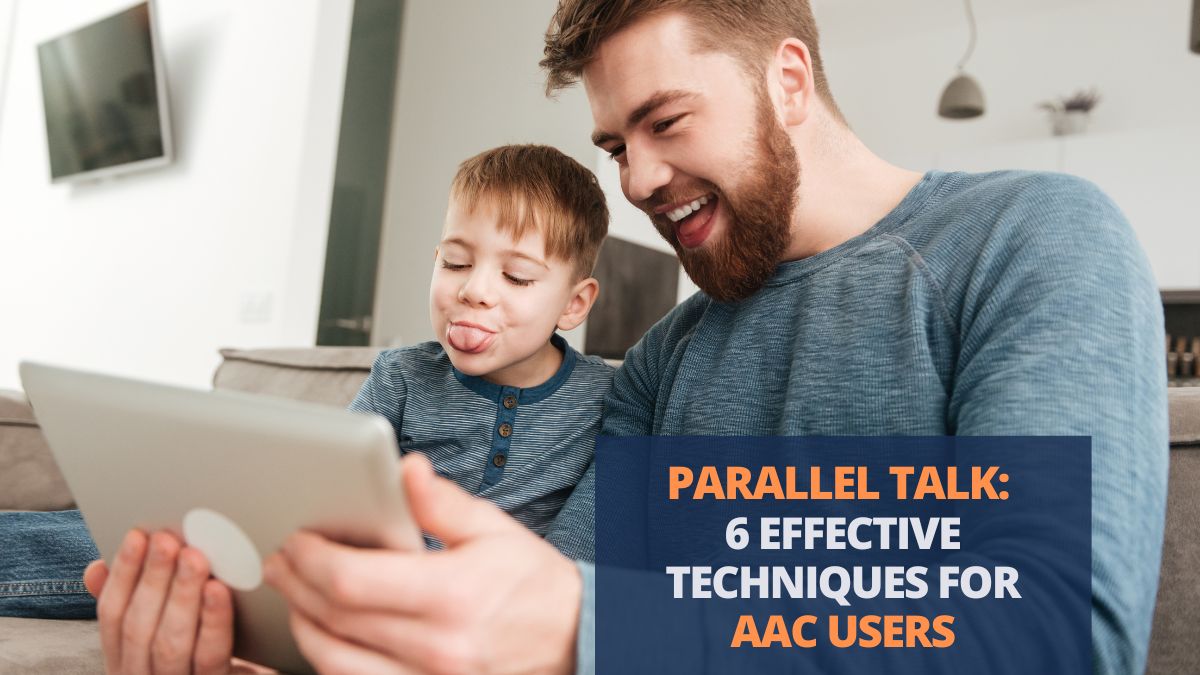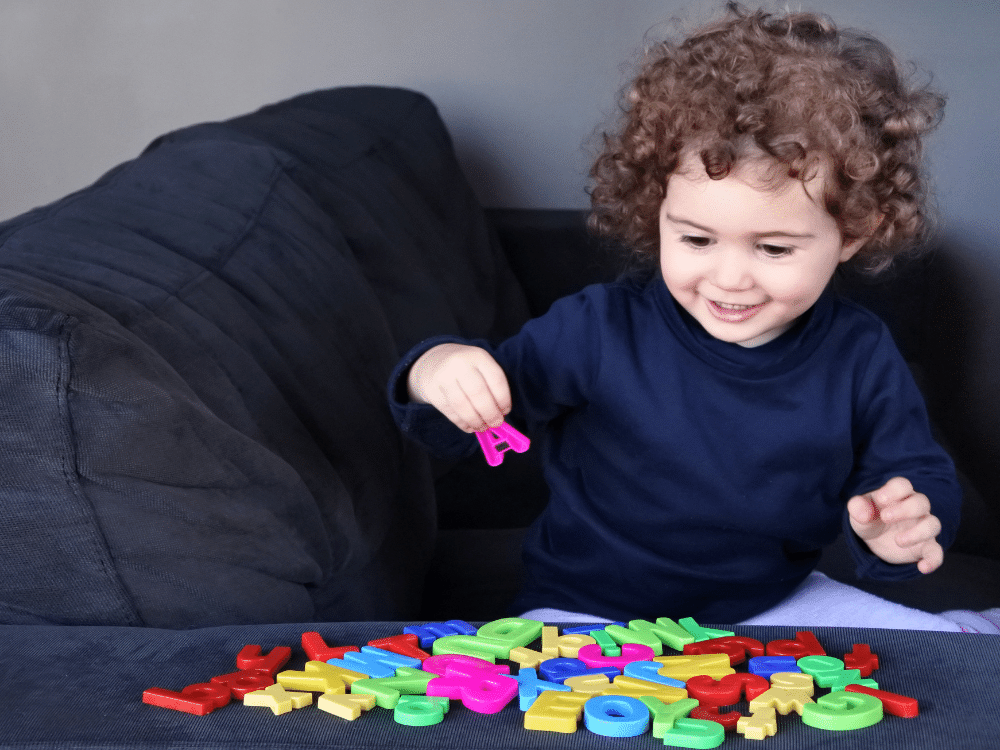Language stimulation strategies play a significant role in emergent communicators developing their communication and language abilities. Strategies such as Self Talk and Parallel Talk help children learn to participate in back-and-forth communication, gain more expressive and receptive vocabulary, and use language for several communicative functions. They also help in extending their sentence length and pick up grammar skills.
When we employ stimulation strategies, we enable children to use language and communicate more. We can use any interaction as an opportunity to develop language. This way, children get to learn how to use it in natural environments and different settings.
The Need for Language Stimulation
Say, a child is pointing to a ball to request it.
Scenario 1: We understand that the child wants the ball and hand it to them.
The child has made a communicative attempt. We acknowledged it and reinforced it by giving them the ball. This will encourage them to communicate more.
However, no language use, hence no language gained
Scenario 2: We use language and pause expectantly to see if the child will imitate us.
“Oh.. I think you want the ball”
For AAC users, model the word ‘ball’ on the AAC system and wait for 10-15 seconds.
Whether the child uses language or any other communication mode, we acknowledge their communication and reinforce by giving them the ball.
In case the child utters ‘ball’, we praise their language use.
“You said ‘ball’. Well done. Here’s your ball”
See how when we consistently use language to respond to a child’s communication attempts, it gives them a change to improve their language skills.


Self Talk
This involves talking out loud, describing, and commenting about what we are doing, seeing, hearing, or feeling. We use language to describe our own actions when children are nearby.
There’s no expectation for the child to respond or pay attention to us. We use simple words or phrases that we know the child can understand. Talking slowly and clearly is important too.
Here are a few examples –
During mealtime
“I put this bowl on the table.”
“I’m hungry. I’m going to eat salad now.”
While Answering the Door
“I hear someone ringing the bell. Let me see who it is”
“I think it’s the delivery guy. I want to see if he has my package”


Parallel Talk
This involves talking out loud, commenting about, and describing what the child is doing. We use simple words or phrases to narrate or describe what the child is doing, feeling, seeing, or hearing when they are nearby. It’s not necessary for children to pay attention to us while we talk out loud.
We can use the expectant pause, gestures, or eye contact to encourage them to communicate.
During mealtime
“Here’s the salad you like.”
“Great! You ate all the carrots ”
During Playtime
“You are done playing legos. It’s nice you are putting the blocks back in the bag. ”
“Oh..You are combing her hair. She is looking pretty with her hair like that.”
“I like how the marbles are rolling down that slide”
Using self talk and parallel talk provides children more exposure to language. The more language children see being used around them, the greater the chance of them learning to use and understand new words.


